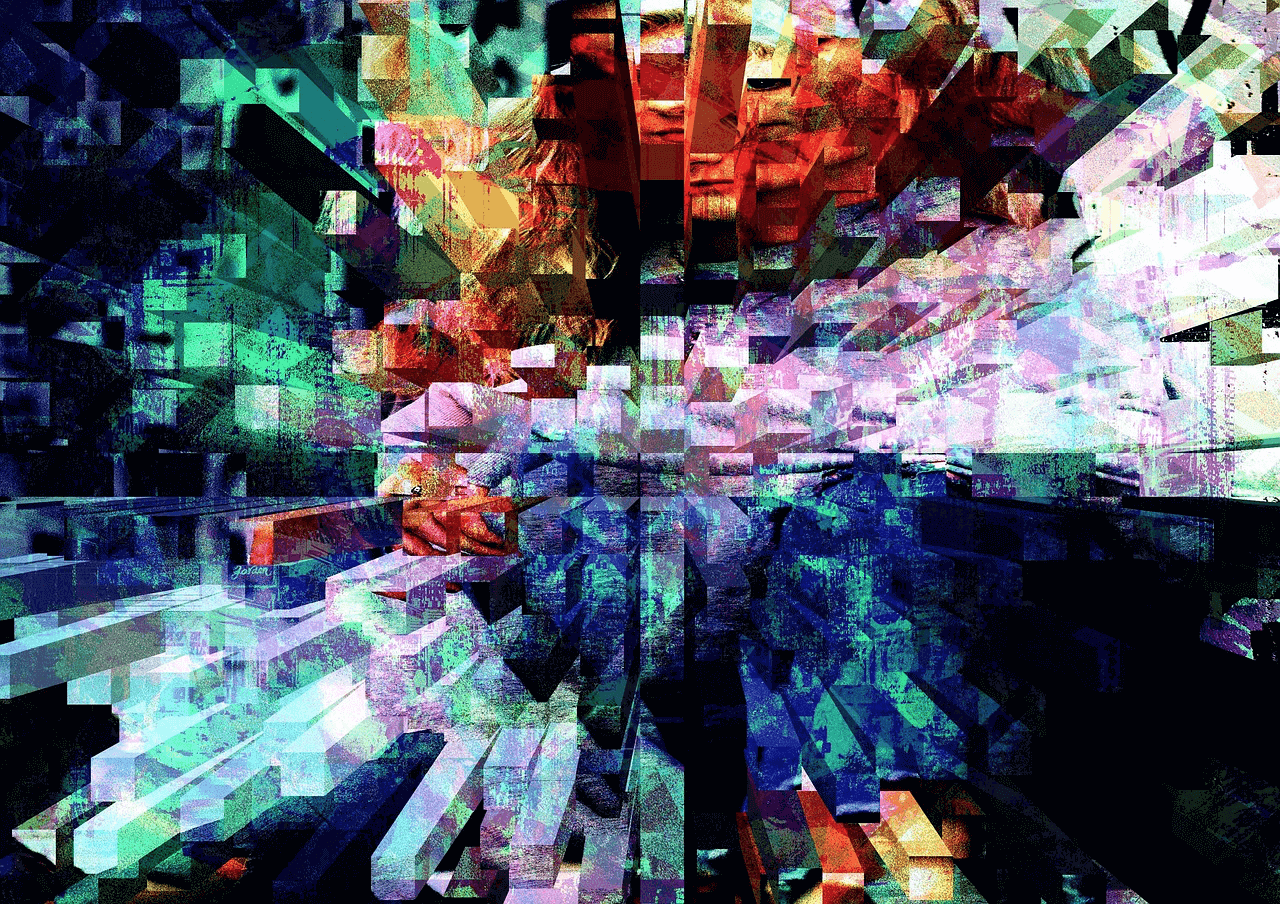.jpg)
- In my opinion, it comes down to the fact that media is undergoing several simultaneous transformations:
- Moving files over IP instead of tape has broken the link to real time signals for (nearly all) scripted and offline content
- Moving content by IP instead of SDI is practical, time-accurate, reliable and can be cheap
- Viewer consumption via IP is increasing year-on-year
- We are seeing more formats at higher frame rates with strange pixel numbers every year
- SDI links the properties of the transport to the frame rate / pixel numbers, and requires work & standardisation for every ancillary data format carried
- IP keeps the properties of the transport and the frame rate / pixel numbers & ancillary payloads independent
- Traditionally, broadcasting & media have achieved reliability through over-provisioning of equipment – along with the associated cost of doing it
- Cloud is all about maximising the use of the physical infrastructure so that over-provisioning is shared between many end-users and saves money
Add all of these different elements together and I think that a cloudy future is more and more likely as time progresses. The death of over-provisioning is happening in many facilities, as the ability to run processing farms and data-links at near full-capacity at all times becomes more operational practise and less theoretical. Innovative licensing tools that allow floating of licenses to where the processing is needed will increase the usage of hardware and therefore keep overall running costs down.
We still have a long way to go before every broadcast centre becomes a virtualised set of applications in a data centre. Many of the cost structures don’t work yet. The cost of transporting content into and out of the cloud is still a lot more expensive than the cost of processing it. The cost of storing data in the cloud is not dropping as fast as processing costs. There are still question marks over security. Although papers have been published about secure clouds that allow processing of encrypted content without it ever being “in the clear” in the data centre, I still haven’t seen that technology rolled out and deployed at a reasonable cost. Whether cloud means in-house data centres or public shared facilities or some sort of hybrid model, the key is to get the best value from the infrastructure and to share the costs so that everyone is better off.
The types of media that we use in our industry vary in volume and value so that the perfect business model for one broadcaster may not work for another. We have an interesting journey ahead of us where business models will be changed massively by technology and in turn new technologies will be forced into existence when business conditions are right.
The future is full of change and uncertainty. From where I’m sitting, it’s still looking cloudy.



